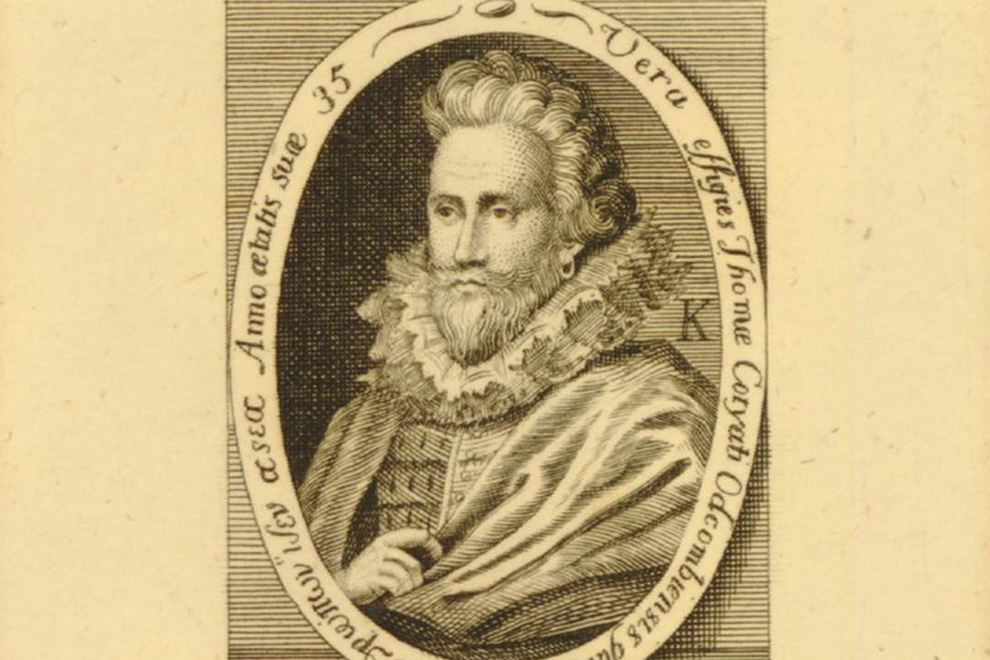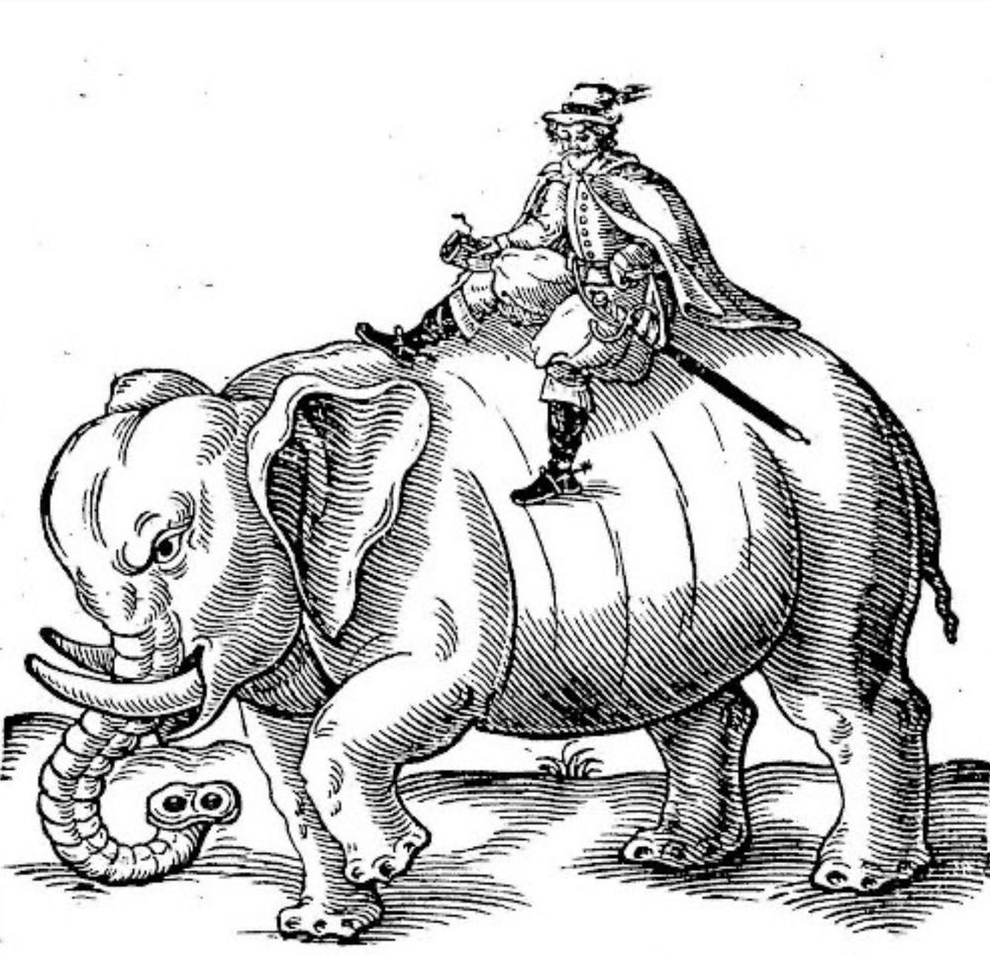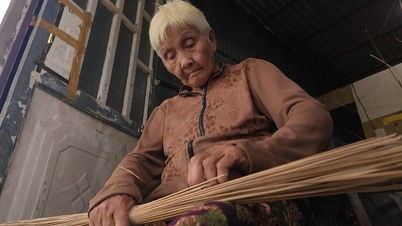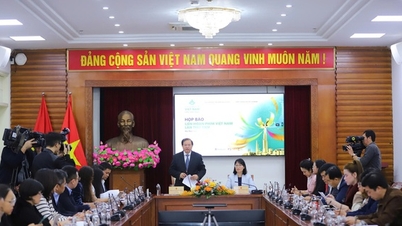The world 's first male backpacker
An Englishman named Thomas Coryat once walked around the world to explore at a time when many people still doubted whether the earth was round or not.
In the early 17th century, when most people were still afraid to step out of their homes unless necessary, Thomas traveled on foot from Europe to India. He even recorded his journey, which later led to him being called the “first travel blogger” in history.

Before the tourism industry was born, Thomas left behind a saying as a manifesto for all future generations of tourists: “Of all the pleasures in life, travel is the sweetest and most enjoyable.”
Born to a clergyman in rural England, Thomas Coryat had two natural gifts. He was good at languages and had an insatiable curiosity about the world around him.
His first trip abroad was in 1608 when he traveled through Europe. From the giant clock in Strasbourg to the courtesans of Venice, he wanted to know everything.
At that time, there were no inns at the destinations like today, so he slept in horse stables. Thomas was once chased by a German farmer for innocently picking grapes in his garden. These troubles made his travel stories all the more interesting.
He was stranded several times due to floods on the way. He even had to undergo a medical examination before being allowed to travel, which the press later described as a pandemic-era regulation in 2020.
At that time, accurate maps were rare, and road signs were even rarer. Of course, none were multilingual.
“17th-century tourism was a community activity,” Professor Matthew Edney, a Cartography History expert at the University of Southern Maine (USA), commented in a 2011 exhibition honoring Thomas.
“People often travel together, or constantly have to ask other people for directions. Maps only suggest that there is a way from here to there. The task of the traveler is to ask himself how to get from here to there.
All journeys by means of transport such as horse-drawn carriages, river boats or sea ships are crowded with people. Travelers often stay in the same inn, traveling in groups for safety and to avoid loneliness. They have to constantly talk to strangers to learn more about the land ahead," Professor Matthew analyzed.
Although he studied at Gloucester College (Oxford University) and worked for 3 years for Prince Henry - son of King James I, Thomas was still not respected by the nobility.

However, music historians hold him in higher esteem for his detailed descriptions of the “Venetian school of music,” which was one of the leading avant-garde movements in Europe at the time. His notes of a concert at the church of San Rocco, with its choir and polyphonic instruments, are considered the most valuable surviving video recordings.
He was so fond of using an Italian fork that he always carried one with him. It was a way to keep his hands clean and to have an excuse to start a conversation during meals.
According to ancient records, Thomas was also the first person to popularize the use of umbrellas in England. That was the way the Italians used this item to protect against the sun and rain, suitable for the foggy climate.
Live off the kindness of strangers, spend a penny a day
While traveling, Thomas still took the time to write books about what he saw and heard. His first book was a hit, Thomas continued on his journey in 1612, which was also the fateful trip of his life.
He crossed Greece, Türkiye, Persia and reached Mughal India in three years. He walked thousands of kilometers, living on the kindness of strangers and saving just one penny a day.
Despite his suffering and exhaustion, he still recorded everything meticulously, although many manuscripts were lost.
In September 1617, he arrived in Mandu (now Madhya Pradesh, India). Two months later, Thomas set off for Surat. At this time, he was suffering from dysentery. The English merchants advised him to drink a type of wine to revive him. But that was a bad decision. That December, Thomas passed away.
In 1980, Tony Wheeler, co-founder of travel magazine Lonely Planet, visited Surat and happened to read Thomas' name in an old guidebook.
Thirty years later, he returned to Thomas’s hometown of Odcombe (Somerset, England) and then to Surat to find the grave of the “world’s first wanderer”. There was no trace of the British cemetery in Surat except for a field for cricket. But here, Tony discovered a Mughal-style mausoleum in Suvali marked on the 1837 Naval map. The tomb was named “Tom Coryat’s Tomb”.
“There is no name on the grave, but I believe that is where Thomas rests. I am happy to have completed the journey of the world's first traveler," Tony said.
Nowadays, posterity does not put the name Thomas Coryat on the scale to compare with Marco Polo (the Italian explorer famous for his travels to Europe), but he is still considered the first traveler to discover the world.
“Thomas Coryat, who lived in a time when there were people who strongly opposed travel, went against the majority. He left behind for posterity aspirations for what he called indescribable satisfaction. These are things that are always within the reach of every traveler, as long as they have a desire to learn, are willing to work hard and accept risks,” concluded American Professor Yolanda Theunissen, who curated the exhibition about his life at the University of Southern Maine.
Source: https://dantri.com.vn/du-lich/chuyen-ve-phuot-thu-dau-tien-the-gioi-song-nho-nguoi-la-ngu-chuong-ngua-20251031234308314.htm






![[Photo] Opening of the 14th Conference of the 13th Party Central Committee](https://vphoto.vietnam.vn/thumb/1200x675/vietnam/resource/IMAGE/2025/11/05/1762310995216_a5-bnd-5742-5255-jpg.webp)





![[Photo] Discover Con Ho on the Co Chien River](https://vphoto.vietnam.vn/thumb/402x226/vietnam/resource/IMAGE/2025/11/05/1762321199846_1-64-jpg.webp)





![[Video] Hue Monuments reopen to welcome visitors](https://vphoto.vietnam.vn/thumb/402x226/vietnam/resource/IMAGE/2025/11/05/1762301089171_dung01-05-43-09still013-jpg.webp)










![[Photo] Panorama of the Patriotic Emulation Congress of Nhan Dan Newspaper for the period 2025-2030](https://vphoto.vietnam.vn/thumb/1200x675/vietnam/resource/IMAGE/2025/11/04/1762252775462_ndo_br_dhthiduayeuncbaond-6125-jpg.webp)









































































Comment (0)